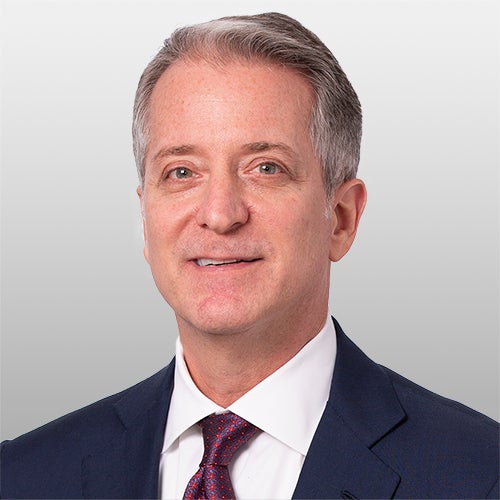TED
I'd love to take a step back and talk some about direct lending as an asset class. You've been at it really for the whole time. What are some of the things you've seen in changes in evolution of this subpart of the market?
RON
Yeah. So, you know, it's so I always get it. I often get asked sort of an interesting question. I often get asked, well, this is a pretty new asset class.
How do you think it's going to perform, you know, if the market cycles things like that. To that I always say it's not a new asset class. Providing capital solutions to middle market companies and middle market private equity firms. Firms have been doing that way before I got into the business. What has changed is the constituency that provide those capital solutions, right?
If you go back before the GFC, this was middle market finance and was the purview of banks. They dominated it. They were great at it, had tremendous relationships. And post the GFC, when the leverage the SEC leveraged lending guidelines came in place and Basel three was put in place, the intent of those regulations was to make it more difficult and more expensive for banks to participate in that asset class.
And so, look, markets are efficient. There's lots of capital in the market. What you saw happen was simply, a shift in the providers of that capital from the regulated banking side to the non-regulated, private capital providers and you see all sorts of numbers written today, a trillion point five, a trillion point seven, 2 trillion.
The asset class as a direct lending private asset class has exploded. But it's not that the market opportunity has changed. It's just the providers of that capital have shifted from the banking side to the unregulated private credit side. And the reason for that is when you think about the world we live in today, the volatility in the markets, this is an asset class that across cycles has demonstrated stability, consistency and low default experience.
I think initially was treated as a nice asset hedge for investors across a more liquid portfolio. But as the asset has grown, it's become just a key component in many individuals, in many entities, portfolios.
TED
How is the nature of the capital providers and competition changed within that? So, in the movement from the banks to asset managers, what's happened in the market for lending among the asset managers?
RON
Yeah. So, post the GFC, direct lending, I would say for the first ten years was singularly focused in the middle market. Right. The banks were still doing the large, syndicated deals. There was this huge gap in the market to be able to provide capital to middle market sponsors, middle market companies, and you start to see capital come in.
And it was very successful. And, like so many other markets, as opportunities grow, the demands change. So, it's interesting, if you look at the entities that were dominant in the middle market ten, fifteen years ago, they don't play in the middle market anymore. It's simply a function fact that as their AUM, as their capital base has grown, deployment pressures become so significant that they've had to find more efficient ways to deploy that capital.
The evolution of this market is whereas maybe for the first 5 or 10 years, it was predominantly focused in the middle market. When we now talk about direct lending, we start talking about the core middle market, and we talk about the large end of direct lending and the large end of direct lending today is probably comprised of 8 or 10 huge, very sophisticated direct lenders who are managing massive sums of capital and don't spend any time worrying about the middle market because it just doesn't work for them.
And said what they've done is they've set their sights on the banks. I remember the first couple of times we would hear about a $1 billion unit tranche. Everybody said, oh my God, how are they going to do that. Today, you know how billion-dollar unit tranches are, nothing unique about them.
Now, what you're seeing happening is that on the larger end of the market, the direct lending opportunities and providers are really pushing up against the banks because there are a lot of competitive advantages to a direct lending solution relative to a syndicated deal. So, I think the market's just gotten bigger. And you've seen as more capital has come in, the bigger players continue to accumulate significant pools of capital and push on the on the wider into the market.





